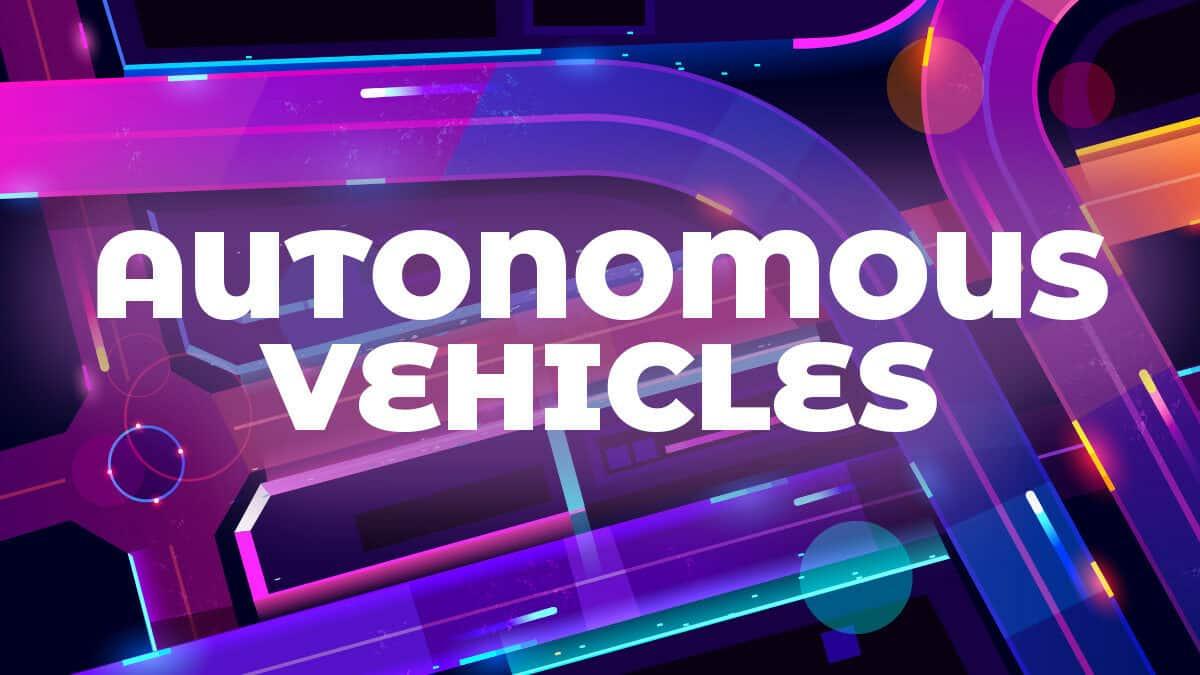Self-driving autonomous vehicles are one of the next big vehicle developments, offering a range of new features including adaptive cruise control and mapping of other road users, whilst undertaking journeys without driver control.
Embed from Getty ImagesAutomation has been something that we’ve lived alongside for many years. Many of our cars are made by autonomous robots and on the roads, machines can automatically lay out road cones.
But with self-driving cars, the challenges are much greater – especially as they’ll share the road with us humans and wildlife, who can be a little more unpredictable than a computer algorithm!
Embed from Getty ImagesOur future roads might therefore need to look very different to keep everyone safe and on track…
1) Maintaining our roads
Self-driving vehicles use sensors that look for road markings and road signs.
Therefore keeping them in good shape will be a high priority.
As humans, we’re often able to work out what a road sign says, even if it’s damaged or hidden by branches.
Self-driving vehicles might not be able to gather enough data to make safe choices, which could lead to accidents.
Embed from Getty Images2) Traffic management
By communicating directly with vehicles, traffic management systems will be able to dynamically change the activity on the road networks.
This could be as simple as enforcing speed limits but it might prioritise the movement of the emergency services, instructing vehicles to smoothly move out of the way and then return to their lanes.
Priority could be given to people sharing cars to encourage greener choices.
Embed from Getty Images3) Reduced on-street parking
Our vehicles could park themselves in a central parking hub and automatically come to where we are, when we demand them to.
After all, our cars are parked 95% of the time, so if we’re not using them, why not let someone else!
With less demand for on-street parking, we can improve our neighbourhoods, freeing up space for other public uses–like parks which can help improve the climate.
Embed from Getty Images4) Lanes
As autonomous vehicles will be much better at keeping a safe distance from other vehicles, when all vehicles are automated, road capacity might double.
We could then reduce the number of road lanes whilst accommodating the same number of vehicles.
And as autonomous vehicles are also better at staying in lane rather than meandering around, we could reduce the width of each lane.
Narrowing lanes makes it easier for pedestrians to cross roads, and released land could again be repurposed for leisure and environmental benefits.
Embed from Getty Images5) Bi-directional movement
You may have noticed that escalators sometimes go up and sometimes down, depending on what pedestrians want to do.
Some roads already are bi-directional, with lanes changing according to demand during rush hour and school pick-ups.
At the moment, these changes rely on human intervention and lots of overhead signs.
In the future, as autonomous vehicles will continually speak with each other, they could coordinate their movements and change direction smoothly, helping clear the road of overhead signs.
Embed from Getty ImagesLet’s time travel to the year 2050…
Newsflash!
Sorry kids, you’ll never be late for school again! Driverless cars already take you door to door with no delays.
A new integrated travel app connected to your alarm clock will wake you up, switch the shower on and get the toaster ready.
If it looks like the road network is busier than usual, that alarm will automatically change to go off earlier – so no excuses to miss the bell!
…aaaand we’re back in 2023.
Maybe driverless cars will have integrated toasters so we can have a slice whilst we travel! Our road networks are certainly going to look very different in the future as we become more accustomed to travelling without taking the wheel!
Embed from Getty ImagesYou could be part of the change. We want you to use your imagination and imagine how else the roads might change as our vehicles become more automated.
Tell us your ideas about how YOU would build a better road in the future for your chance to win.
Have a go at our Road to 2050 Word Search!

Created with support from Rees Jeffreys Road Fund.
Add a commentRoad to 2050
Find out more about why roads are built and how they help us get around the country.
More From Road to 2050






